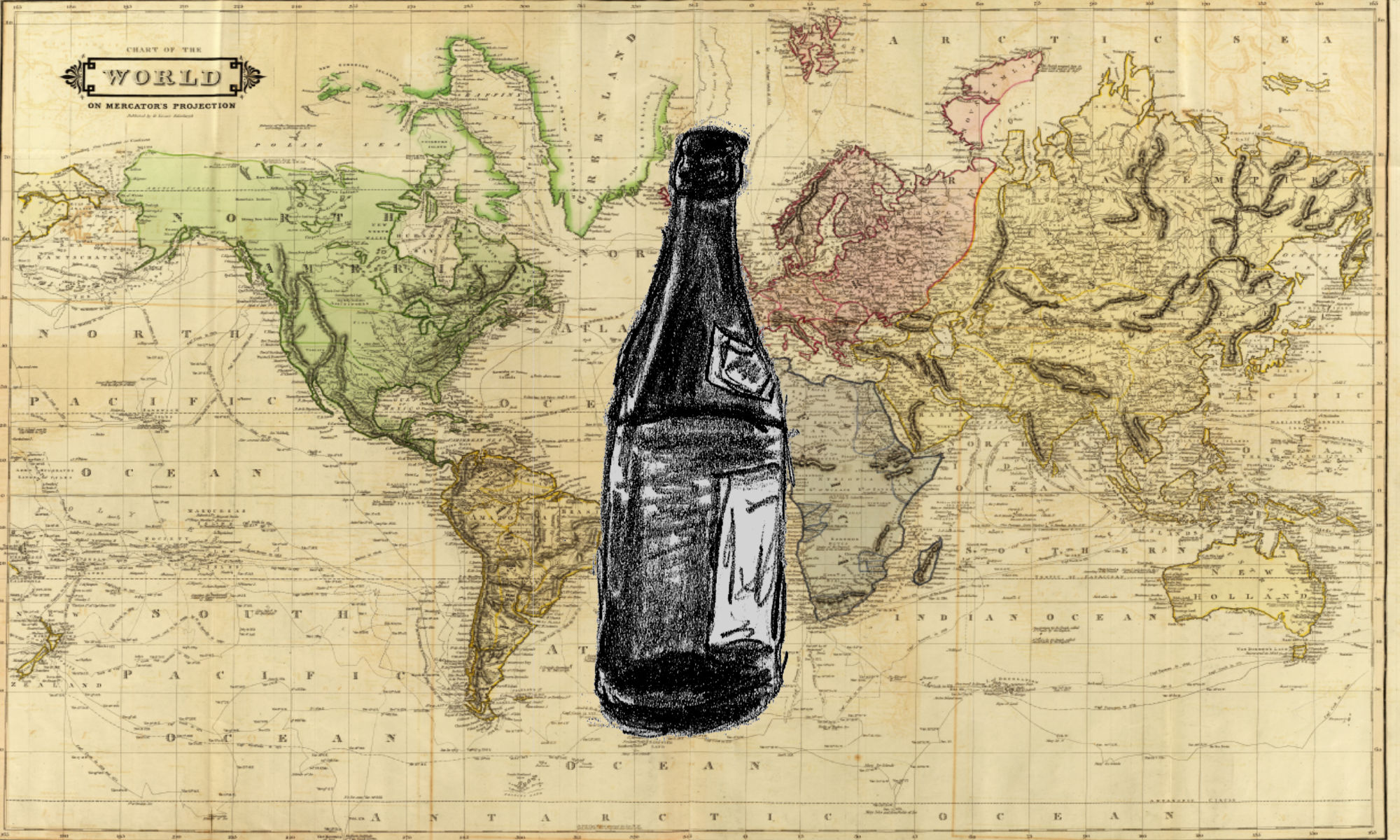
As “local” drinks go, they don’t come much more unique that Feni. It’s a specialty made just in, and for, the little state of Goa in the southeastern shores of India. When I asked around about what the local drink was I heard “Feni” without hesitation, and almost always with a slightly uncertain shifting of the eyes, as if there was some disdain or perhaps shame that came along with just saying the name of the stuff.
“Okay,” I’d say, “what is it? What is it like?”
What would follow, on several occasions, would be an odd description of very specific practices that sounded a bit like some sort of Santeria ritual. Unlike most spirits, which come from grains or even fruits, this stuff comes from nuts. Specifically from cashews (not native to India, but introduced by the Portuguese long ago) or coconuts. Pulped up nuts are buried under a mango tree in special jars where they ferment for specific periods of time and are then strained and filtered to extract the spirits. In the end, the drink itself is a mostly clear liquid that tastes a bit like a cross between rum and vodka, with perhaps a very, very slight essence of nut.

People here really like to mix it with lemonade. So much so that if you say you’d like it straight or neat or just say “no thanks” to any one of the many mixers they suggest you’ll get a baffled look. Not shocking, since it tastes so similar to vodka that saying you just want a room temperature glass of it is…not right. But that’s what I did at first, so that I’d get to just taste the stuff, not the mixers. I’m not too proud to admit that I’ve had warm, straight vodka before. This was tastier than that.
The odd ubiquity across all India of what they call “the head wobble” is entertaining and seems to be a kind of national pastime. So when you ask for Feni and you see heads bobbling in Bollywood dance circles while eyes roll through a glorious parade of possible emotions, it’s hard to know what they’re thinking. Amusement is my guess. You’ll be brought some, and then left alone in an act that feels remarkably like they’re lighting a fuse on dynamite and getting clear of it.
I was impressed by the smoothness and delicacy of flavor. I expected heat in my throat and then spreading heat from my stomach, but found that it went from lightly nut infused vodka/clear rum taste on my tongue straight to my head. A passing street musician, who was maybe 4 foot 7 in boots, asked me what country I was from and when I said “U.S.” began playing the strangest rendition of Simon and Garfunkle’s “America” I’ve ever heard. Thickly accented vocals, strange chords, and variations on the melody that made it totally his own. While that moment itself was a bit dreamlike already, I credit the Feni for putting it over the edge. I kept looking around and wondering if this was all really happening, and really as surreal as it seemed.
If you find yourself in Goa and have the chance, I say go for the Feni and take the ride. Combine the experience with a dip in the Arabian Sea, or just watch it roll its way in along the sandy Goan shoreline. Sparsely populated, much of southern Goa is an amazing blend of village, jungle, and empty beach that blend into each other without rhyme or reason, so you’ll only be sharing your Feni with those you really want to.










